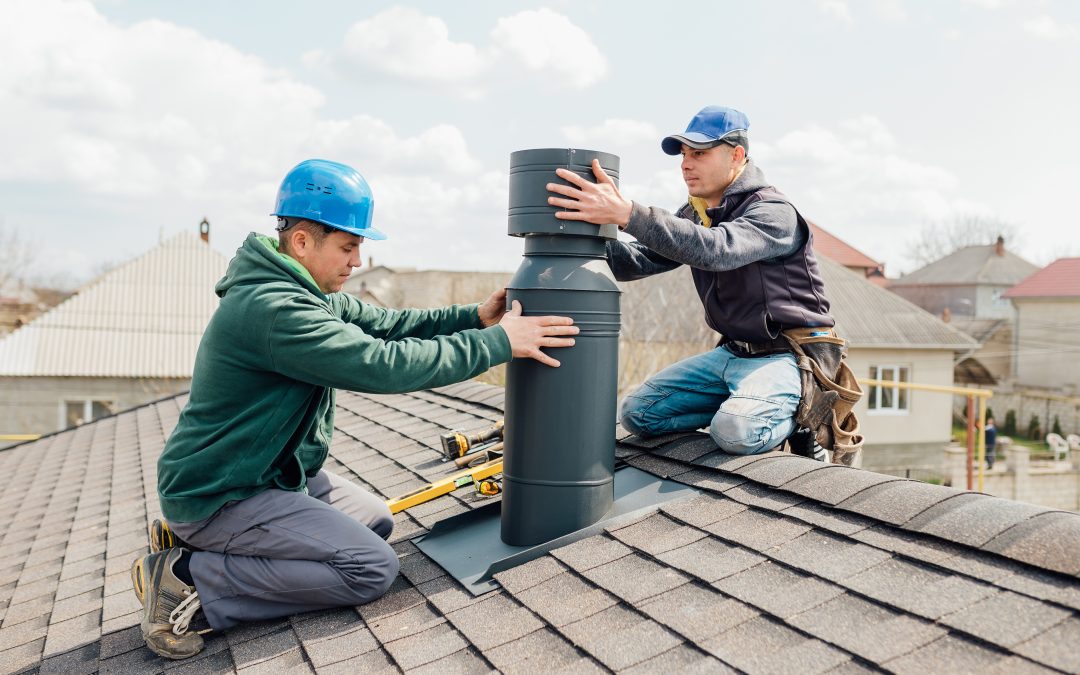
by admin | Jun 15, 2023 | Mercer County Chimney Sweep, NJ Chimney Sweep
If you are lucky enough to have a fireplace in your home, now winter is here, you are probably enjoying it daily. There is nothing quite like coming home through wind and snow to the crackle and cheer of a roaring fire. A fireplace creates warmth, comfort, and adds a cozy glow to the room. If you are using your fireplace more, however, you are using your chimney more. If you do have a fireplace, and consequently, a chimney, make sure your chimney is clean and safe this winter season. A reputable chimney sweep and repair company inspects, cleans, and makes any necessary repairs to your chimney. A chimney sweep company inspects the chimney and the chimney caps. Why is cleaning of chimney caps important? Chimney caps keep out unwanted animals and debris, keeping your chimney clear. So for chimney and cap inspection, contact local West Windsor chimney sweeps today.
West Windsor Chimney Sweeps | Regular Inspections
A bright fire blazing in a fireplace can be an object of beauty and comfort. A fire in the chimney, on the other hand, is a scary prospect. Over time, creosote can build up in the chimney, becoming a potential fire hazard. An increase of soot can block the flue, making the outside release of carbon monoxide fumes difficult. Buildup of excessive soot and creosote can have a negative impact on chimney masonry, too. All these factors increase the possibility of a chimney fire. Regular chimney and chimney cap inspections performed by a professional chimney sweep can prevent chimney fires.
West Windsor Chimney Sweeps | Chimney Caps to Keep Chimney Clear
One purpose of a chimney cap is to keep the chimney free from small animals and leaves and small sticks. When you have a mesh cover over the cap, it can keep small mammals and birds from nesting inside the chimney. Birds and squirrels, especially, are apt to building cozy nests where people would rather they didn’t. Nesting materials can block the flue, becoming a fire hazard, or a blocked smoke hazard. It’s even worse if an animal dies in the chimney. Even without animals helping, debris like dead leaves and pine cones can find their way into the chimney.
West Windsor Chimney Sweeps | Chimney Caps to Keep Moisture Out
Chimney caps are not only beneficial for keeping animals and debris out of your chimney. Precipitation from rain and snow can fall into the top of your chimney. While this does not sound too detrimental, it can cause moisture to seep into your home. Constant freezing and thawing of moisture can cause stress to masonry and chimney linings. Rainwater coming down the chimney can damage liners and dampers. Unchecked moisture in your home can cause mildew to grow, and masonry to weaken. This unwanted moisture can cause wet patches on interior walls and ceilings, but chimney caps can prevent this.
Chimney caps are not a huge investment or improvement project, and the benefits speak for themselves. They keep invading animals from nesting in your chimney. Buildup of nesting materials can block flues, and become a fire hazard. Their new habitation might also invite other small mammals to join the party. Other rodents can smell the food stored in your chimney, and come and take up residence in your home. Chimney caps keep rain and snow from seeping into your chimney, and into your home. Regular chimney inspections can keep your chimney clear year round. You want your family to be safe and warm, and regular chimney maintenance does both. Call West Windsor chimney sweeps to schedule a chimney and chimney cap inspection today.
Related NJ Chimney Sweep Posts:
Mercer County Chimney Sweep
Princeton Chimney Sweep
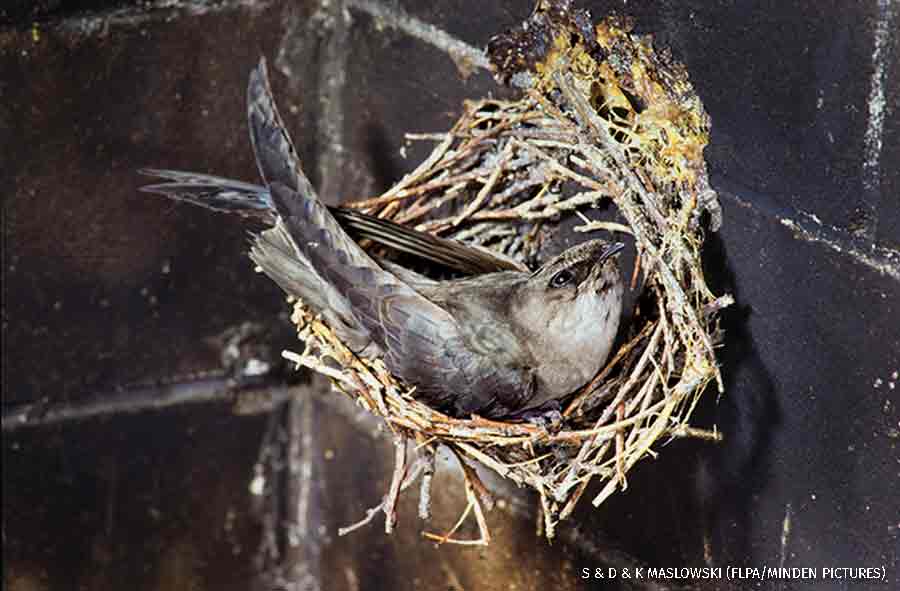
by sunshine | Apr 12, 2023 | Mercer County Chimney Sweep
Today, many houses are built with chimneys that use smaller metal flue pipes rather than clay liners. These metal flues can sometimes be death traps for animals, who cannot grip the slippery metal and may even fall into the fireplace. Before European settlement brought chimneys to North America, Chimney Swifts nested in caves, cliff faces, and hollow trees.
Swifts
The “flying cigar” silhouette of the Chimney Swift is a common sight all summer in the skies over eastern cities and towns. Lakes and rivers are especially good places to look for swifts, where they often forage along with swallows, which have broader wings and more fluid wingbeats. Be sure to keep an ear out for their distinctive, high-pitched chattering calls—they often call on the wing while foraging. During migration, thousands of swifts roost together in chimneys, funneling into them at dusk in spectacular tornado-like flocks. Large numbers of Chimney Swifts roost together in a single chimney during the nonbreeding season. There’s warmth in numbers: during cold nights, the temperature inside a chimney roost can be 70°F warmer than outside.
Swifts’ Nest in the Chimney
Nests
Swifts’ nests are small cup-shaped structures constructed of small twigs and glued to the chimney wall with saliva. They are not a fire hazard, being far too small for that, but should always be removed after the birds have left in the fall. This does the swifts a favor, both by removing bird parasites and the nest structure itself, which might be used by returning swifts, but could be unstable enough to collapse during the nesting period. Swifts do tend to return to the same nesting site year after year, if available.
Solutions
The rules regarding swifts in chimneys are simple. First, delay the annual cleaning until after the young have left the nest. Although you may hear the noises of young birds as they beg for food, these are only temporary and should be tolerated. Ask your chimney sweep to come back in the fall if swifts are in occupancy earlier in the season. Professional sweeps should know that swifts are protected under the Migratory Bird Treaty Act, and anyone who knowingly destroys birds or nests that might contain eggs or young can be fined or penalized. Finally, chimneys lined with metal should always be capped, as birds that enter these can easily become trapped.
Swifts’ Nest in the Chimney
Contact us
St John Chimney Sweeps Address 1613 Reed Rd D1, Pennington, NJ 08534 Proudly Serving Mercer County, Somerset County, Hunterdon County, & Surrounding Areas
Website http://www.stjohnchimneysweeps.com/
Email: stjohnchimneysweeps@verizon.net Phone Number: (609) 737-0133
Spring Clean your Chimney
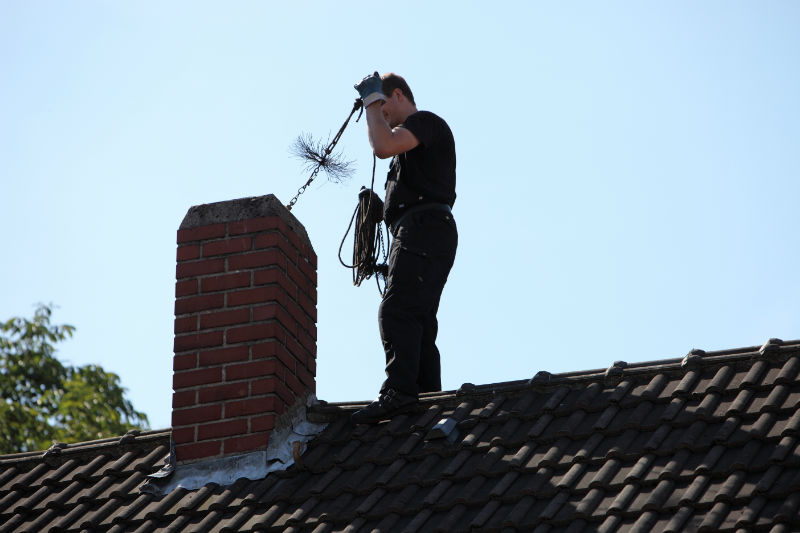
by sunshine | Mar 4, 2023 | Mercer County Chimney Sweep, NJ Chimney Sweep
There’s no better time to get your chimney cleaned and inspected by a professional chimney sweep than right now. Spring is here, which means more rain, more pests, and probably some much needed deep cleaning. Spring clean your chimney to remove the winter soot and be prepared for the summer’s heat.
Spring Clean your Chimney
Spring is typically the best time to check your masonry and fix any holes or replace any bricks that are loose. Heavy rains can eat away at the bricks and mortar, creating holes for water leaks and making your chimney system weak. There could also be damage to your chimney or flue liner as a result of moisture seeping into the exterior masonry, causing the bricks, stones, or flue tiles to crack. Flashing disruption can lead to serious roof damage and eventual water leaks into the attic and ceilings of your home. Cracks can cause venting problems and become a safety hazard. An annual inspection can detect any dangerous cracks or leaks and they can be addressed or repaired immediately.
Moisture
Moisture damages should be repaired quickly, in order to keep the costs of repairs low and slow down any deterioration. In addition, by scheduling your chimney cleaning and inspection during the spring season, you beat the rush, which is typical in fall and winter, with temperatures cooling down.
Odor
Your masonry takes a beating from all the moisture as the seasons change, leaving you with potential issues. Anytime you use your fireplace, some amount of creosote is deposited in your chimney flue. Creosote is highly flammable and becomes more difficult and expensive to clean, the longer it builds up inside the lining of the chimney. Because it is highly combustible, if it builds up in sufficient quantities and the internal flue temperature is high enough, it may start a chimney fire.
This means that when it gets hot outside, particularly if moisture has made its way into your chimney, the deposits in the liner can emit a sour odor. The sour odor intensifies as summer heats up. Having chimney sweeps come to clean and inspect your chimney will ensure your house will smell fresh and clean.
Spring Clean your Chimney
Routine maintenance services should include a complete chimney inspection as well as the removal of any hazardous or combustible creosote and eliminating any accumulation of soot, dirt and debris. Keep in mind that the National Fire Protection Association recommends that that you have your chimney cleaned and inspected at least once a year or even more frequently if you have a fireplace or wood burning appliance that you use frequently.
Contact us
St John Chimney Sweeps Address 1613 Reed Rd D1, Pennington, NJ 08534 Proudly Serving Mercer County, Somerset County, Hunterdon County, & Surrounding Areas Website http://www.stjohnchimneysweeps.com/ Email: stjohnchimneysweeps@verizon.net Phone Number: (609) 737-0133
Chimney Sweeps in Mercer County NJ
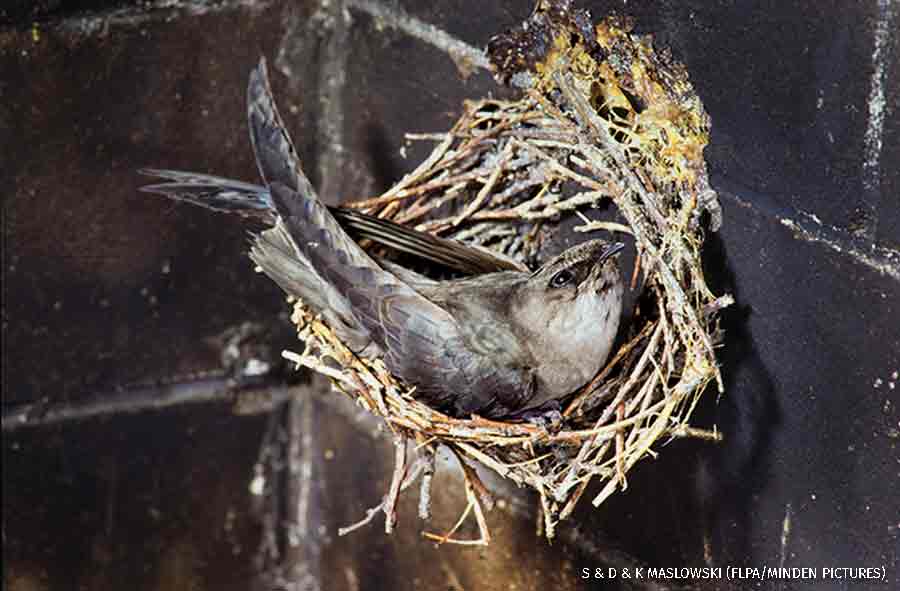
by sunshine | Dec 29, 2022 | Mercer County Chimney Sweep
Why It’s Important to Schedule Fireplace Sweeping is safety first and foremost. Fire prevention relies on adequate fireplace maintenance. A wood burning fireplace adds warmth and comfort to a chilly home, but it opens the chimney to fire hazards if it is not swept at least every one to three years.
Fireplace Sweeping in Mercer County
Fireplace Safety Check
Before the temperature starts to fall, there are several things you can do to make sure your wood-burning fireplace is safe and efficient. The National Fire Protection Association (NFPA) recommends chimneys be swept at least once a year, at the beginning of winter, to remove soot and debris. You can find a certified chimney sweep at St John’s Chimney Sweeps. Additionally, make sure you’re familiar with how to work a fireplace before you attempt to start a fire.
Creosote
Creosote is a chemical mass of carbon formed when wood, tar or fossil fuels are burned. Creosote can linger in chimneys and is not visible from the outside. When creosote is not removed, it can become a thick coating of debris inside the flue and chimney. Most chimney fires start in the smoke chamber or smoke shelf area so it’s important to clean those areas.
Creosote ignites at 451 degrees Fahrenheit and once it starts burning, it expands like foam sealant and can build to more than 2,000 degrees Fahrenheit in less than a minute. Call a chimney sweep who’s certified by the Chimney Safety Institute of America at St. John’s Chimney Sweeps.
Make sure the sweep you hire does more than just pushing a brush. A chimney sweep needs to be knowledgeable about building codes, trained to recognize venting problems, recognizes deterioration, and able to advise you regarding the chimney’s condition. The National Fire Protection Association recommends that chimneys, fireplaces and vents be inspected at least once per year for heavy use.
Creosote removal is vital to your safety. A chimney sweep log helps to prevent unwanted fires and helps to remove debris deposited along the flue. These sticky deposits are called creosote. Creosote deposited over a long period becomes highly flammable and it’s often the cause of chimney fires. Sweeping logs are popular because of their ease of use for creosote removal. All you have to do is unwrap the log from its package and place it in a lit wood burning fireplace. However, creosote is not the only reason you need St. John’s Chimney Sweeps.
Check Chimney for Cracks
Before that first fire of the winter season, check the chimney with binoculars. Look for the chimney structure for cracks, loose bricks or missing mortar. Moreover, you should check your chimney liner for signs of deterioration. Cracks and spalling on the chimney exterior indicate chimney deterioration, so check your chimney crown or have a professional take a look. St John’s Chimney Sweeps can inspect the chimney for cracks.
Cap It
Use a wire-mesh cap to cover the top of the chimney to keep birds, squirrels, rain and other debris from entering. The last thing you want while working your fireplace is to find some deceased animals coming down the flue. Caps can deteriorate over time, so be prepared to replace your rain cap if it’s corroded or been damaged by weather. Caps come in different sizes, so make sure it fits snuggly on the chimney top.
Damper
The damper is a movable plate that sits above the fireplace before the flue. Make sure the fireplace damper is working properly. There should be no debris preventing it from opening and closing. This is a critical step in understanding how to start a fire in a fireplace safely.
Trim Limbs
Make sure there are no overhanging tree limbs encroaching on the chimney, and if so, trim or prune those limbs. Limbs can present a fire hazard by restricting the proper draft airflow in your fireplace.
Ashes
Another important step to knowing how to work a fireplace is to make sure all ashes are cleaned out of the firebox before you start stacking wood for that first fire. Simply sweep the cold ashes and dispose of them outside. However, you may want to keep a few ashes around to help build a fire in your fireplace. Be aware that coals can remain hot for up to three days, which can become a fire hazard if they come in contact with flammable materials. Always use a fireplace screen to protect your home from ash splashes.
Fireplace Guard
To prevent hot embers from getting out, use a metal-mesh screen or glass fireplace doors. Don’t burn wood in your fireplace without a guard. Glass doors will need to be cleaned regularly too as they tend to get a bit dingy looking over time.
Alarms
Before starting a fire, make sure all of your smoke and carbon monoxide detectors are working. Check the battery monthly and change the battery twice a year when spring forward and fall back occurs (Daylight Savings Time).
Test Function
Test your fireplaces’ function by lighting a few small pieces of seasoned wood. Light the wood from the top down. If smoke doesn’t exit vertically from the fireplace into the chimney and instead enters the room, troubleshoot to correct any problems. This is key to help you understand how to properly work a fireplace. Problems can include creosote buildup, debris in the chimney such as birds or nests, or a closed or partially closed damper. Additionally, if your home is tightly sealed for energy conservation, the smoke may draft into the home. Simply open a window a little bit to provide the intake air needed to make the smoke goes up the chimney. Once the fire is burning brightly, you can close the window again.
Wood
Choose dense wood such as oak. Wood should be split and stored in a high and dry place for at least six months. Green woods, such as pine, are not recommended for a wood burning fireplace since they can produce more creosote.
Small Fire
Small fireplace fires generate less smoke and create less creosote buildup. When building a fire, put the logs toward the rear of the wood-burning fireplace and be sure to use kindling to start the fire. Never use flammable liquid to start a fire in the home.
Air
To get the most out of your fire, run ceiling fans clockwise on low speeds to redirect the warm air from the ceiling into the living space. Circulating the air keeps the entire room warm instead of pockets of warmth.
Fireplace Sweeping in Mercer County
Contact us
St John Chimney Sweeps Address 1613 Reed Rd D1, Pennington, NJ 08534
Website http://www.stjohnchimneysweeps.com/ Phone Number: (609) 737-0133
Email: stjohnchimneysweeps@verizon.net Proudly Serving Mercer County, Somerset County, Hunterdon County, & Surrounding Areas
Blog
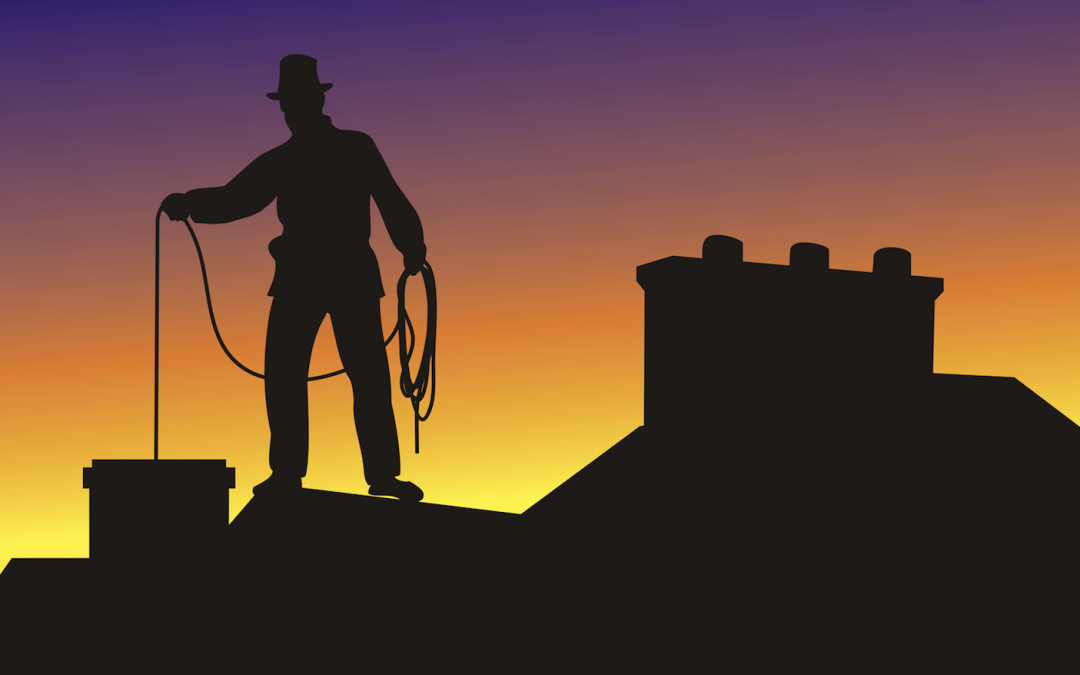
by sunshine | Nov 6, 2022 | Mercer County Chimney Sweep, NJ Chimney Inspection, NJ Chimney Repair, NJ Chimney Sweep
The National Fire Prevention Association 211 codes state the “Chimneys must be inspected and cleaned annually as necessary by a certified chimney sweep”. Most homeowners assume that their furnace company includes chimney cleaning as part of their maintenance process, but that is not true.
Problem
Chimney neglect will cause significant damage and endangers your family from carbon monoxide poisoning. Oil and gas furnaces and hot water heaters rely on the chimney for proper venting of exhaust. Although gas and oil appliances do not create creosote that wood-burning appliances do, they still produce soot. Soot is a highly corrosive substance that can damage chimneys and increase carbon monoxide levels in your home.
Furnace Flues can become blocked which allows a blowback of soot into your home and poisonous carbon monoxide to seep into your living space. If the furnace is in the basement, the levels can build up to dangerous high levels undetected. Scheduling an annual chimney sweep inspection and placing a carbon monoxide detector in the basement will save lives.
Monitoring
During the winter months, the furnace can not be cleaned without turning off the heat. During the winter, long running cycles produce soot and harmful substances that cling to the inside of the chimney. The accumulation of these substances restricts the escape of nitrogen, carbon dioxide, carbon monoxide, and water vapor.
The furnace produces acidic condensate that will literally eat away at the flue lining in the chimney. If a clay liner begins to deteriorate, the broken bits can fall into the furnace damaging the operating mechanism. Chimney blockages will send the carbon monoxide straight into the basement, then the home living area.
The fumes are invisible, odorless, and tasteless. Carbon Monoxide can only be monitored by a detector designed for that purpose. A carbon monoxide detector is built into some brands of smoke detectors, and the battery should be changed twice a year when the clocks fall back and spring forward.
Cleaning
Fireplace flue cleaning and chimney sweeping refer to the same process. During the service, the technician generally uses a stiff-bristled brush or other chimney cleaning system to brush the inside of the flue to remove buildup from its walls.
Chimneys are havens for creatures and cause dangerous obstructions. Even if your chimney has a hood, creatures can access the funnel and flue. Smoky brown cockroaches are good flyers and can work their way down into the home where they like to live. They like flat roof areas and chimneys – this is how they enter structures. A chimney screen’s holes allow safe smoke ventilation, but nothing else can squeeze through it like fleas or cockroaches. One problem with screens is that pests can bite through them over time. To account for this issue, you could install both a chimney cap and a chimney screen with an annual chimney sweep inspection to ensure both layers of protection are intact.
If you have a chimney in New Jersey, chances are you’ll have Stink Bugs. The heat from buildings will escape from chimneys and vents and they will find their way in as they are attracted to warm areas in cold nights. Beetles and ants can crawl through the cracks of older fireplaces, especially if they’re built with brick. Wasps will nest in your chimney. Exterminating insects in the chimney by spraying will deter infestation. A more permanent solution is installing fine mesh screens, top sealing dampers, and by sealing cracks in your chimney’s exterior with mortar.
Raccoons, squirrels, birds, bats, and other larger pests can use the chimney itself as nesting spots. The chimney cap needs to be steel or copper lid with a mesh wire opening on its underside and installed at the mouth of your chimney. A professional Chimney sweep will remove the hood, replace it with a mesh wire cap, and remove the obstructions from the funnel and the flue.
Bees should not be exterminated; they should be preserved. Unlike wasps, bees are purely vegetarian in both the adult and larval stages. Bees gather nectar from flowers as a source of carbohydrates, as do many wasps. They fulfill their protein needs by collecting pollen. Most species of bees are valuable pollinators, and honeybees are an essential partner in the production of food crops for people.
More than 80% of U.S. food crops are pollinated by honeybees. In New Jersey, blueberries, cranberries, pumpkins, squash, strawberries, soybeans, cucumbers, peaches, and apples are among the many crops that benefit from honeybee pollination. Although wild insect pollinators such as wasps and other bee species help in native plant reproduction, only honeybees live in managed colonies of sufficient numbers for effective pollination of commercial crops. Only honeybees can be transported to large areas of blooming crops for pollination services. The past two decades have seen dramatic declines in the number of honeybees, due to the introduction of parasitic mites, diseases, and habitat loss. Visit NJBeekeepers.org to find out about bee-friendly plants you can cultivate. If a beehive sets up home in the top of your chimney you need a professional chimney sweep and a bee wrangler to remove the entire hive. The New Jersey Bee Association lists bee wranglers who can help.
Venting
A crucial component to the safe operation of your furnace is the proper configurations and size of the entire venting system. Homeowners often forget that when they purchase a new HVAC or furnace system, they need chimney sweep professionals to assess their new system. Manufacturers requirements specifically indicate the proper flue size for the safe operation of their system. If the flue size is incorrect excessive moisture and combustion gases will build up. Moisture is a huge enemy to your ventilation system.
If the system is being converted from oil to gas, building codes require a chimney sweep assessment, cleaning, and inspection prior to installing and operating the new system.
Timing
Spring, summer, autumn are great times to have your chimney sweep service. An annual inspection and cleaning by a CSIA- certified company will ensure the ventilation system is adequate and chimney is safe. Their assessment will also check gaskets and joints are intact.
In winter, the heat will have to be stopped for the chimney sweep to complete his inspection and service. Snow does not stop chimney sweeps. Before any sweeping is done, a visual inspection is performed to determine if the flue needs to be swept. Roof access is not needed to make this determination. Additionally, sweepings are generally performed from the base, making outside weather conditions irrelevant when it comes to running our brushes.
References
https://njbeekeepers.org/swarmremoval/swarmremoval.html
![Ewing Chimney Masonry Repair]()
by admin | Jul 4, 2022 | Mercer County Chimney Sweep, Uncategorized
Searching for the best Ewing Chimney Masonry Repair company? St John Chimney Sweeps can take care of any Mercer County chimney repair service. Homeowners have no idea their chimney needs repairs until they contact a chimney professional. Homeowners should act immediately to any chimney repair needed to protect their family and home. If issues have been addressed about your chimney in the good weather months, it is wise to get it repaired before bad weather.

Ewing Chimney Masonry Repair | Damage
Masonry chimneys decline with water, wind damage, poor construction or just plain lack of maintenance. The best time to do any chimney masonry work is during the warmer weather so that the materials set properly. Also, it is best to do a seasonal maintenance so to keep your chimney in top shape. Any water problems with the chimney should be addressed during warmer weather. The chimneys that are porous, absorb more moisture. They can go through a freeze in the colder months and get damaged.
Ewing Chimney Masonry Repair | Leaks
Homeowners may also see leaks around the chimney, the ceiling and the attic. For best results, these should be taken care of in the warmer months. Your roof may be damaged and leaking. Water enters the roof and then collects where the chimney meets the roof and make it appear as if the chimney is leaking. In this case, roof repair is the best answer. This is also a repair that is done in warmer weather for best results. Before having a roof repair or redone, all repairs to a chimney must be completed first. This will prevent any damage to a new roof being installed.
Ewing Chimney Masonry Repair | Repair
Most building, repairing and extending of any chimney masonry work can be scheduled in the summer months. Doing any chimney masonry work during the summer months, allows the masonry to dry up completely so waterproofing that will protect the masonry work last for years. There are other types of repairs to chimneys that have the best results when done in the summer months. Major chimney repairs such as a complete rebuilding of a chimney, relining of the chimney, or an installation of a new chimney require time and good weather.
Ewing Chimney Masonry Repair | Inspection
A homeowner that has their chimney inspected annually will prevent any large damage that cannot be repaired right away. When a professional chimney inspector comes to inspect your chimney, he can see how things look inside and out. You can always avoid the challenge of getting service delayed by calling and scheduling an appointment to have your chimney inspected. Getting any repairs done before the colder weather sets in and the chimney becomes further damaged, can save you lots of money and stress. A homeowner wants to keep their home safe from fire hazards and carbon monoxide danger. The warm weather is the best time to get all this taken care of.
Looking for the best Ewing Chimney Masonry Repair? St John Chimney Sweeps is the company to hire. With our professional and experienced staff, we can prevent all these serious dangers when we inspect your chimney and recommend a solution that can be immediately applied. At St John Chimney Sweeps, we have qualified professional workers that undergo extensive training and earn certificates which make them to do your job with full expertise. We have been in business for over 15 years and we offer 100% customer satisfaction and a no mess guarantee. Feel free to contact us today to inquire about our free estimates. Most of our products come with a lifetime warranty. Any chimney masonry work you need, we are here to serve you!
Related NJ Chimney Sweep Posts:
Mercer County Chimney Sweep
Princeton Chimney Sweep
Yardley Chimney Masonry Repair






